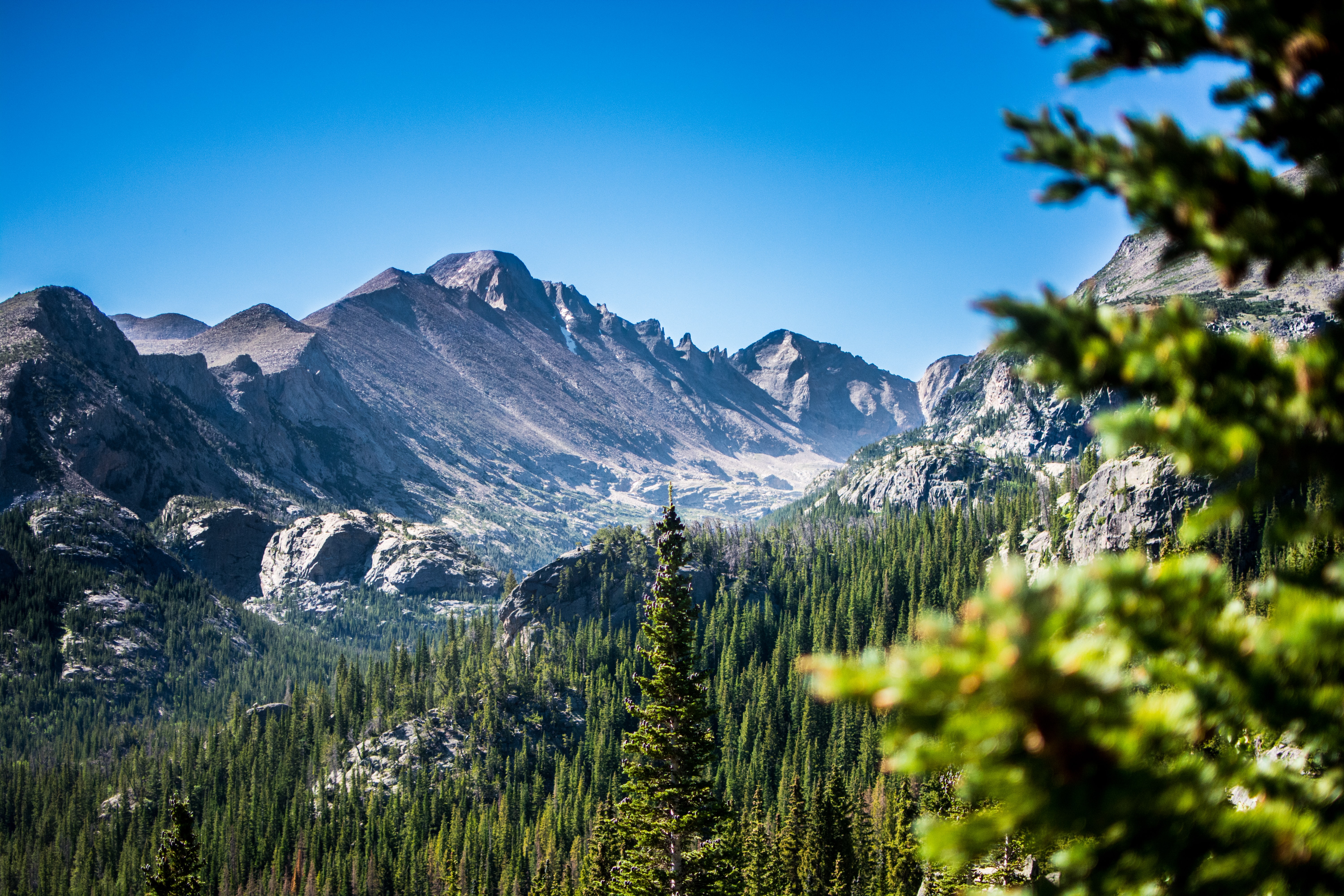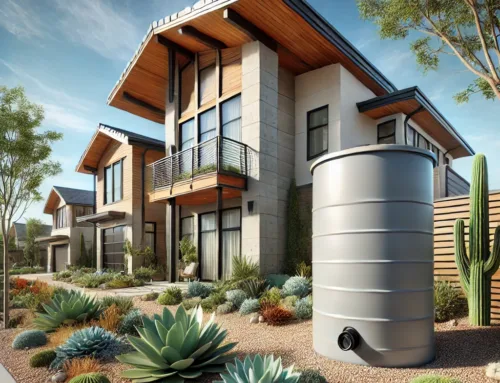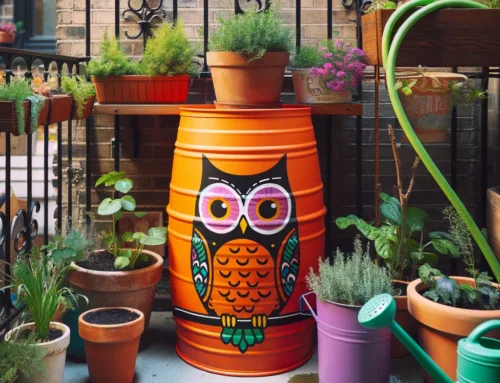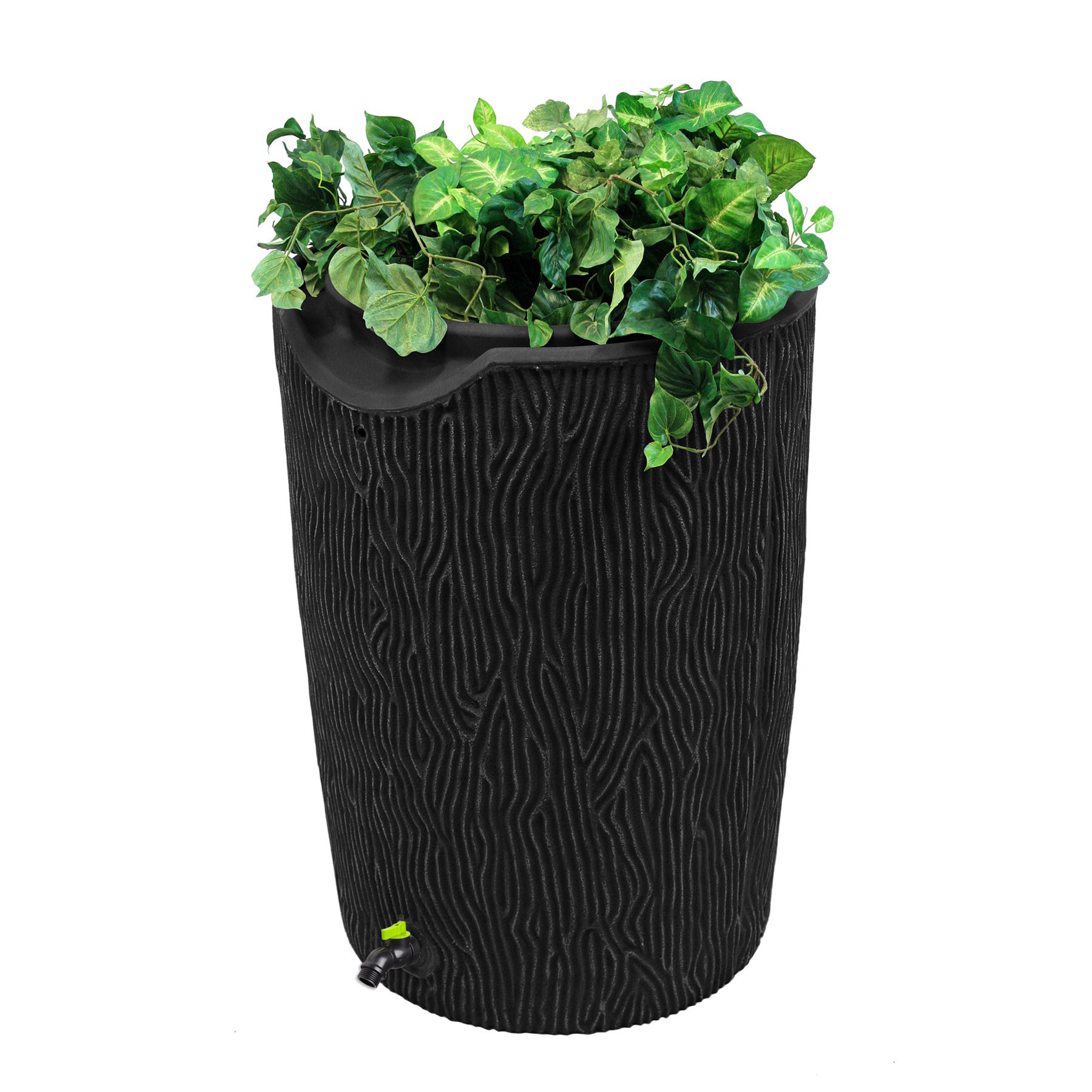Rainwater harvesting is a practice that has been gaining popularity in recent years, particularly in areas where water resources are limited. In Colorado, this is especially true, given the state’s arid climate and ongoing drought conditions. With the passage of new legislation in 2016, Colorado residents are now able to collect and use rainwater for outdoor purposes, providing a much-needed boost to water conservation efforts. In this post, we will explore the legality of rainwater collection in Colorado, its benefits, and how to get started with your own rain reclamation system.
Legality of Rainwater Collection in Colorado
For many years, rainwater collection in Colorado was illegal due to strict water rights laws that were designed to protect senior water rights holders. The reasoning was that collecting rainwater would interfere with the natural flow of water, potentially impacting downstream users. However, in 2016, Colorado Governor John Hickenlooper signed a bill that allows for limited residential rainwater collection.
Under the new law, Colorado residents can collect up to 110 gallons of rainwater or snowmelt in two barrels or similar containers without obtaining a water rights permit. It is important to note that this only applies to single-family homes, and the water must be used for outdoor purposes such as watering gardens, lawns, and trees. Additionally, the collected water cannot be used for drinking, bathing, or any indoor use.
Benefits of Rainwater Collection
There are numerous benefits to collecting rainwater in Colorado. Firstly, it helps to conserve water resources, which is essential in a state that regularly experiences drought conditions. By collecting rainwater, residents can reduce their reliance on municipal water supplies, thereby lowering their water bills and easing the burden on water treatment facilities. Additionally, rainwater is typically free of the chemicals and minerals found in municipal water, making it a more natural and healthy option for watering plants.
Rainwater collection also helps to reduce runoff, which can cause erosion and pollution in waterways. By capturing rainwater, homeowners can prevent soil erosion and reduce the amount of pollution entering local streams and rivers. This is particularly important in urban areas where large amounts of impervious surfaces such as concrete and asphalt prevent rainwater from being absorbed into the ground.
How to Start Collecting Rainwater
If you are interested in collecting rainwater in Colorado, there are a few things you need to know to get started. First and foremost, you must ensure that your collection system complies with the state’s regulations. This means that you can only collect up to 110 gallons of water in two barrels or similar containers, and the water must be used for outdoor purposes only.
When it comes to selecting a rainwater collection system, there are a few options to choose from. The most common is a rain barrel, which is a large container that is placed underneath a downspout to collect rainwater from the roof. Rain barrels typically range in size from 50 to 100 gallons and can be purchased at most hardware or garden supply stores. They are relatively easy to install and require little maintenance beyond periodic cleaning.
Another option is a cistern, which is a larger storage tank that can hold several thousand gallons of water. Cisterns are typically installed underground or in a basement, and they require more extensive installation and maintenance. However, they can provide a larger supply of water for irrigation and other outdoor uses.
Conclusion
Rainwater collection is a simple and effective way to conserve water and reduce runoff in Colorado. With the passage of new legislation in 2016, residents can now legally collect rainwater for outdoor use, providing a much-needed boost to water conservation efforts. By collecting rainwater, homeowners can reduce their reliance on municipal water supplies, lower their water bill and help reduce emissions.






